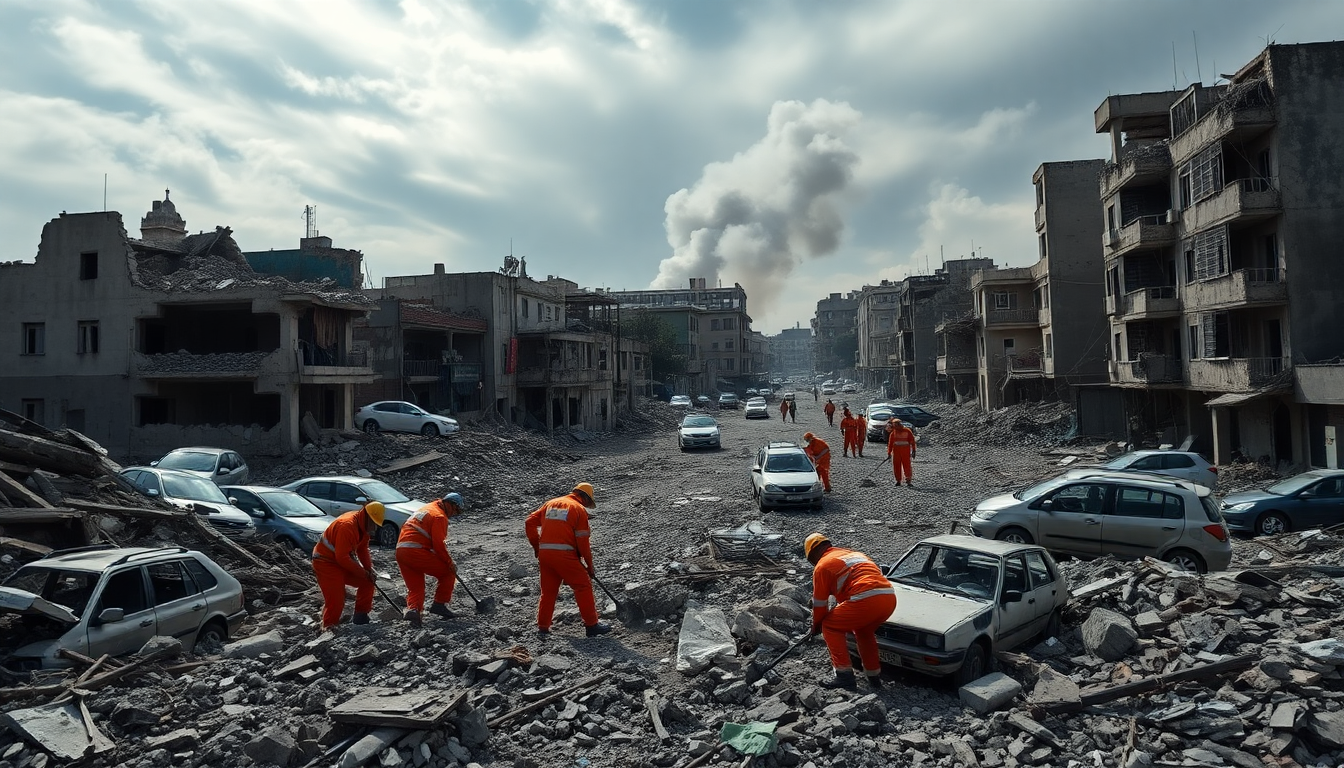Table of Contents
The situation in Gaza has spiraled into a catastrophic crisis, with Israeli military operations causing widespread destruction and tragic loss of life. Recent reports reveal that over 1,000 buildings have been reduced to rubble in key areas of Gaza City, trapping countless individuals under the debris and making essential rescue efforts nearly impossible. To make matters worse, continuous shelling and blocked access routes are severely hindering aid delivery and rescue operations. Emergency services are overwhelmed, grappling with numerous reports of missing persons while struggling to respond adequately due to the perilous conditions in the region.
The scale of destruction and human suffering
The devastation in Gaza isn’t just a statistic; it’s a harsh reality for thousands of residents. The Palestinian Civil Defence has reported that the ongoing Israeli incursion into Gaza City poses grave concerns, as field crews lack the capacity to manage the intensity of the attacks. No area within the Gaza Strip feels safe anymore, with civilians facing bombardments in their homes, shelters, and even displacement camps. In neighborhoods like Zeitoun and Sabra, nearly a million Palestinians have been forced to flee south, complicating an already dire humanitarian crisis.
The impact of this conflict extends far beyond immediate casualties. Disturbingly, recent reports indicate that at least 51 Palestinians lost their lives in a single day of attacks, amplifying the urgent need for international intervention and support. Hospitals in the region are overwhelmed, dealing with a staggering influx of injuries. To add to the tragedy, reports of starvation are emerging, with the Gaza Ministry of Health revealing that malnutrition has claimed the lives of 289 individuals, including 115 children. The ongoing violence has created an environment where much-needed humanitarian aid cannot reach those who desperately need it.
Humanitarian response and international pleas
As this crisis unfolds, international organizations and humanitarian agencies are sounding the alarm over the deteriorating conditions in Gaza. Philippe Lazzarini, head of the UN agency for Palestinian refugees, has called the current state of affairs a “hell in all shapes,” urging the Israeli government to allow aid organizations to operate freely within the enclave. The urgency for action is palpable, as the threat of famine looms large. The UN’s message of “Never Again” has tragically transformed into a grim reality for many in the region.
The Israeli government has faced mounting criticism for its actions, with various rights groups and UN experts accusing it of committing atrocities against the Palestinian population. Meanwhile, the Ministry of Interior in Gaza has issued warnings against forced displacements, urging residents to stay in their homes, even amidst heavy bombardment. The message is sobering: fleeing may not guarantee safety, as attacks continue to target civilians indiscriminately.
The ongoing cycle of violence and its implications
The cycle of violence in Gaza has significant implications, not just for the local population but for the broader geopolitical landscape as well. As families try to seek refuge from relentless airstrikes, many remain trapped, facing dire choices in a conflict that shows little sign of abating. The international community’s response will be crucial in determining the future of Gaza and its residents. Without immediate action and intervention, the humanitarian disaster is likely to worsen, raising serious ethical questions about the ongoing conflict and the consequences of inaction.
In conclusion, the plight of the Palestinian people in Gaza serves as a stark reminder of the human cost of war. The need for a comprehensive and humane resolution to the conflict has never been more urgent. As the world watches, it’s imperative that voices advocating for peace and humanitarian aid grow louder, ensuring that the suffering of those in Gaza does not go unheard.


